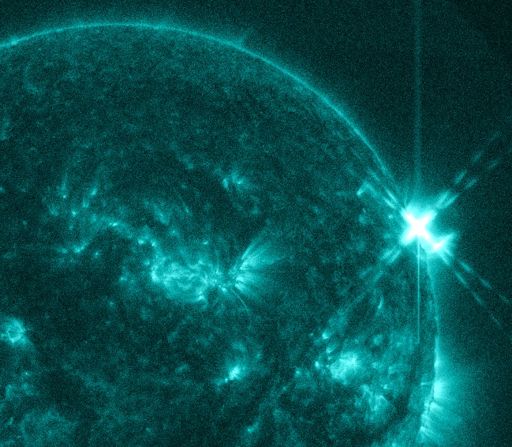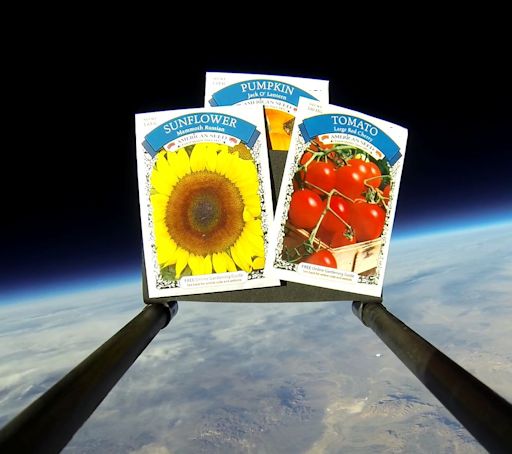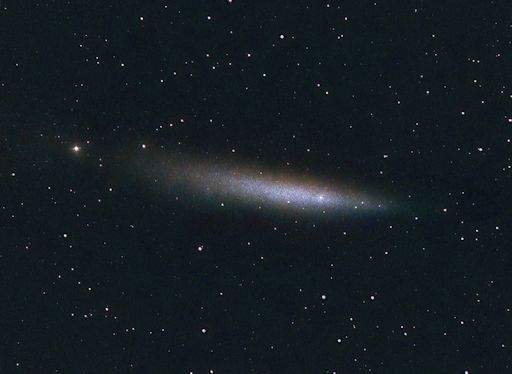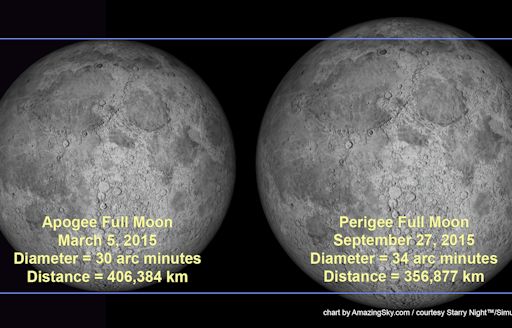Learn to photograph Northern Lights like a pro. Sign up for Peter Rosen's Aurora Photo Courses in Abisko National Park. | | |
SUBSIDING CHANCE OF STORMS: Earth is exiting a stream of solar wind that sparked bright auroras around the Arctic Circle on March 1st and 2nd. NOAA forecasters estimate a 55% chance of geomagnetic storms on March 3rd, subsiding to 45% on March 4th. Aurora alerts: text, voice
SOLAR FLARES AND RADIO BLACKOUTS: Departing sunspot AR2290 is crackling with M-class solar flares. The strongest so far, an M8-class explosion on March 3rd @ 01:35 UT, almost crossed the threshold into X-territory. NASA's Solar Dynamics Observatory recorded the extreme ultraviolet flash:

A pulse of radiation from the flare ionized the upper layers of Earth's atmosphere. This caused a blackout of radio transmissions at frequencies below 10 MHz. The effect was particularly strong above Australia and parts of the south Pacific: blackout map.
NOAA forecasters estimate a 25% chance of more M-class flares on March 3rd, subsiding to 10% on March 4th as sunspot AR2290 rotates onto the farside of the sun. Ham radio operators and mariners may notice disturbances to HF communicatons during the next 24-48 hours. Solar flare alerts: text, voice
Realtime Space Weather Photo Gallery
SPACE SEEDS: In late February, the students of Earth to Sky Calculus conducted an experiment in "space agriculture." Using a sub-orbital helium balloon, they flew a dozen varieties of garden vegatables and flowers to the edge of space. Here are three of the seed packets photographed at an altitude of 112,030 feet:

During their ascent to the stratosphere, these seeds (and 80 other packets not shown) experienced temperatures as low as -63 C, air pressures akin to those on the planet Mars, and cosmic ray dose rates 40x Earth-normal. While these "space seeds" were flying to the edge of space, identical control samples remained behind on Earth.
Students intend to plant the flown seeds side-by-side with control samples to investigate whether near-space travel affects the viability, color, size, taste or other characteristics of the plants.
Readers, would you like to grow your own space garden? For a small donation of $49.95 to Earth to Sky Calculus, you can have some of these space seeds for yourself. They make a great science fair project and, possibly, a unique meal! You may chose any two seed types from the following list: turnips, cherry tomatoes, beefsteak tomatoes, sweet corn, green beans, bell peppers, helichrysum flowers, jalapeno peppers, petunias, radishes, sunflowers, cosmos flowers, pumpkins, broccoli and carrots. We will send you flown+control packets for both of your selections. Contact Dr. Tony Phillips to place your order. All proceeds support student research.
THE GHOST OF COMET SOHO-2875: Last month we reported an unusual comet swining past the sun. Discovered by the Solar and Heliospheric Observatory, "SOHO-2875" did not belong to any known family of sungrazing comets, and it intrigued astronomers by brightening after its closest approach to the sun on Feb. 19th. What happened to the comet? You'll have to ask its ghost:

Astrophotographer Michael Jäger of Hochbärneck, Austria, took the picture on February 28, 2015, shortly after the comet had emerged from the glare of the sun. It shows not an intact comet, but rather a trail of debris. SOHO-2875 appears to be dead, and this is its ghost.
Comet expert Karl Battams of the Naval research lab comments: "As we see, comet SOHO-2875 - officially C/2015 D1 (SOHO) - was indeed 'recovered' from the ground, but regrettably not in one piece. Amateur astronomer Justin Cowart was the first to spot the comet, followed the next night by a couple of other observers. All were reporting the same thing - a long diffuse streak with no central condensation - and Michael's stunning image illustrates that perfectly."
"When I see an image like this," Battams continues, "it tells me that the nucleus of the comet no longer exists. Instead, probably soon after perihelion, the comet's nucleus suffered some kind of catastrophic disruption and just completely fell apart. All that remains is a dusty ghost of what once was. You'll recall Comet ISON did much the same thing, though in that comet's case it fell apart before it even reached its closest point to the Sun. D1 has done us something of a favor by waiting until after perihelion to crumble, and the dust has remained somewhat compact enough that ground observers can view it for a while."
"People often ask me in these situations what actually happens to the dust, and the answer depends on the size of the chunks. Really small stuff (think: vacuum cleaner dust) will get blown away by the force of sunlight hitting it. But bigger chunks will just continue safely on in their orbit, back out to the cold recesses of our solar system. This comet did not appear to be short or even long period, so this is one ghost that will not be making a reappearance!"
MINI FULL MOON: You've heard of the supermoon. Get ready for the opposite--a mini Moon. The full Moon of March 5th will be as much as 50,000 km farther away than other full Moons of the year, making it smaller and dimmer than usual. This image created by Alan Dyer of Silver City, New Mexico, illustrates the difference:

The apparent size of the Full Moon changes throughout the year because the Moon's orbit is not a circle, it is an ellipse, with one side (apogee) 50,000 km farther from Earth than the other side (perigee): diagram. When the Moon is on the apogee side, it looks smaller and dimmer in proportion to its increased distance.
Can you tell the difference? Some people say "yes," others "no." There are no rulers floating in the sky to measure lunar diameters. Without a reference, it can be challenging to distinguish an apogee Moon from a perigee Moon. Decide for yourself. Go outside after sunset on March 5th, look east, and enjoy the mini-moonlight.
Realtime Aurora Photo Gallery
Realtime Comet Photo Gallery

